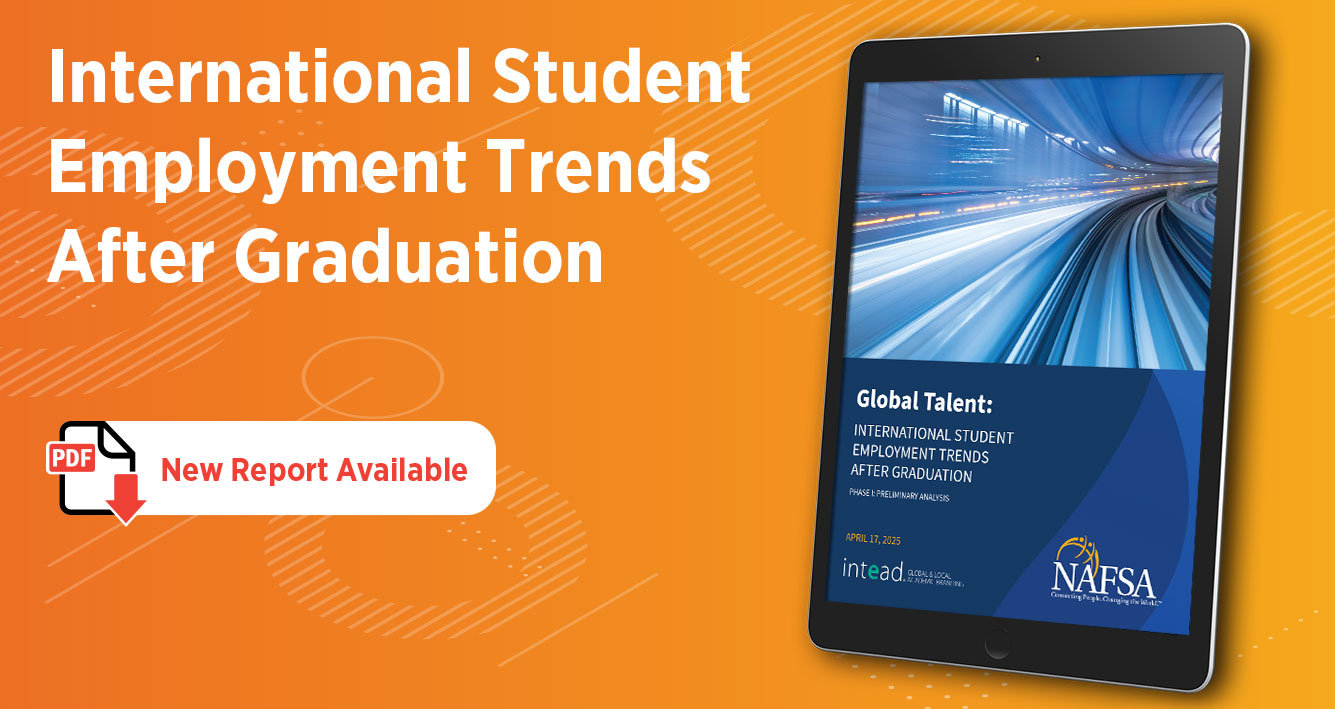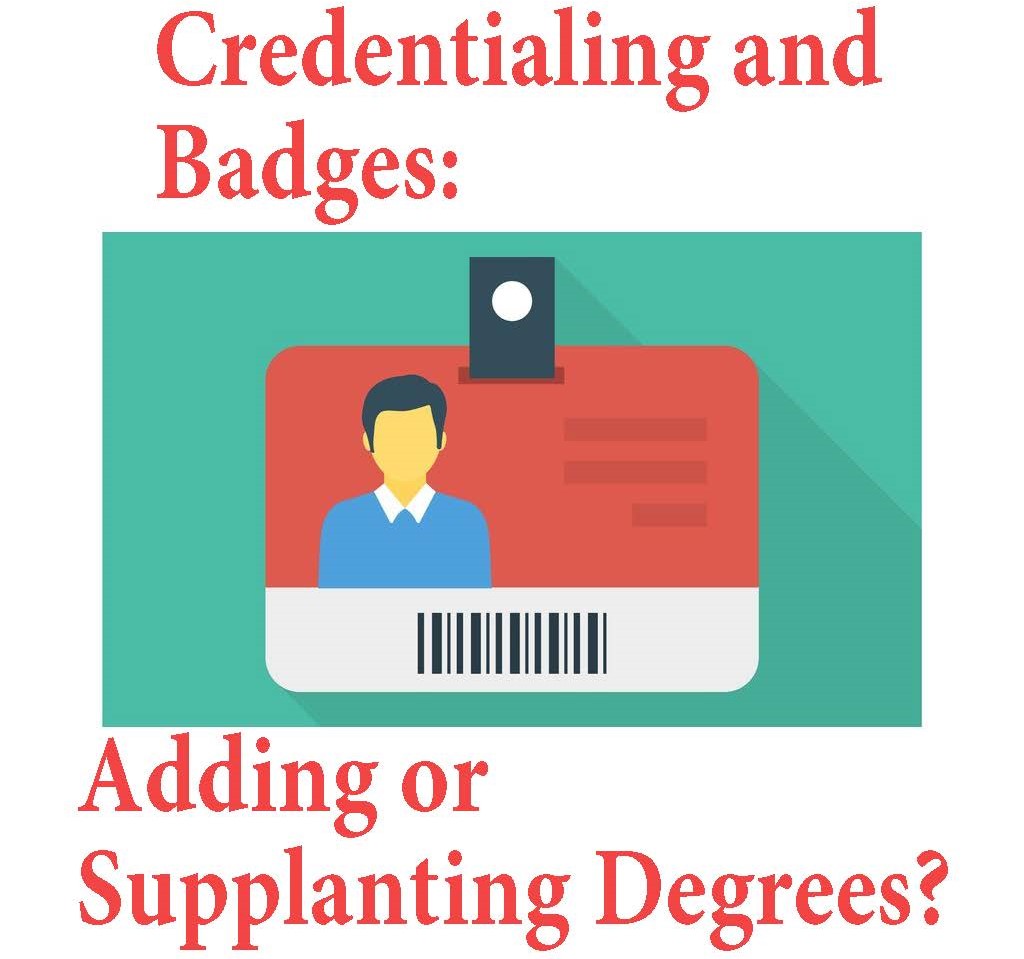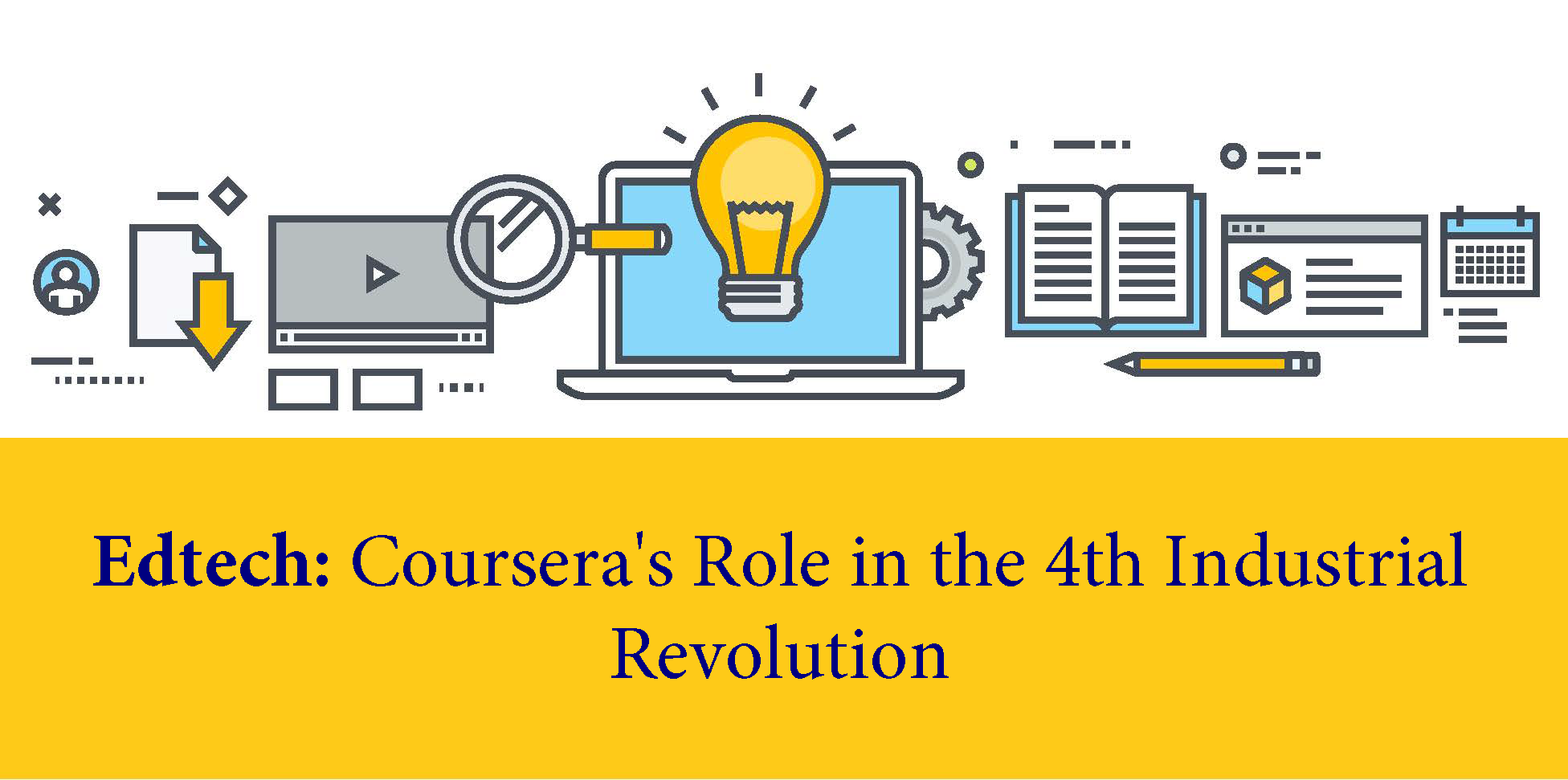What we know: international students have a well-documented and unambiguous impact on the US economy and society. Each year the US is $43+ billion wealthier because of these students. And our classrooms, campuses, and communities benefit from their diverse viewpoints and clear-minded ambitions, keeping our workforce competitive, tech companies growing, and sciences advancing.
There’s no skirting the fact higher education is in a reactionary period as the White House does all it can to implement short-sighted changes to US higher education (and we’re being generous here with our choice of words). Advocacy has never mattered more. Which makes the release of our latest research – done in collaboration with the great minds at NAFSA and Fox Hollow Advisory – that much more important.
Opportunities to Meet the Intead Team
- Look for us at NAFSA in May, NACUBO and APLU in June, and NACAC in September. Let us know if you want to connect at these events.
- Meet us online Tues., May 6, for the next AIRC webinar where Intead CEO Ben Waxman will join Co-panelists Kevin Timlin, Southeast Missouri State University and Manisha Zaveri, Career Mosaic for the expert-led discussion: IEM Student Lifecycle Series: Effective Student Recruitment Strategies.
Bookmark this: Intead’s Resource Center
Access 800+ articles, slides decks, reports with relevant content on any topic important to enrollment management and student recruiting. Check it out.
Phase I of Global Talent: International Student Employment Trends After Graduation – released for download today – gives preliminary, yet important findings that will help bolster conversations we’re all having right now. This report goes beyond public data to answer:
- What is the longer-term value of attracting and retaining international students to US higher ed institutions?
- How do international graduates contribute to the US workforce and economy?
The report analyzes behaviors, motivations, and the economic impact of international students after earning their US degree. Special thanks to each of the following participating institutions:
- California State University, San Bernardino
- Ottawa University
- Salem State University
- Southern Methodist University
- University of California, Davis
- University of Houston
- University of Kansas
- University of North Texas
- University of Redlands
- University of Texas at Austin
- Washburn University
- Wichita State University
This research explores the alignment between US institutions producing international student talent, the US economy, and US job market demands. It’s part of a larger initiative aimed at understanding how US education benefits both international students and the nation. Read on to download the report…






